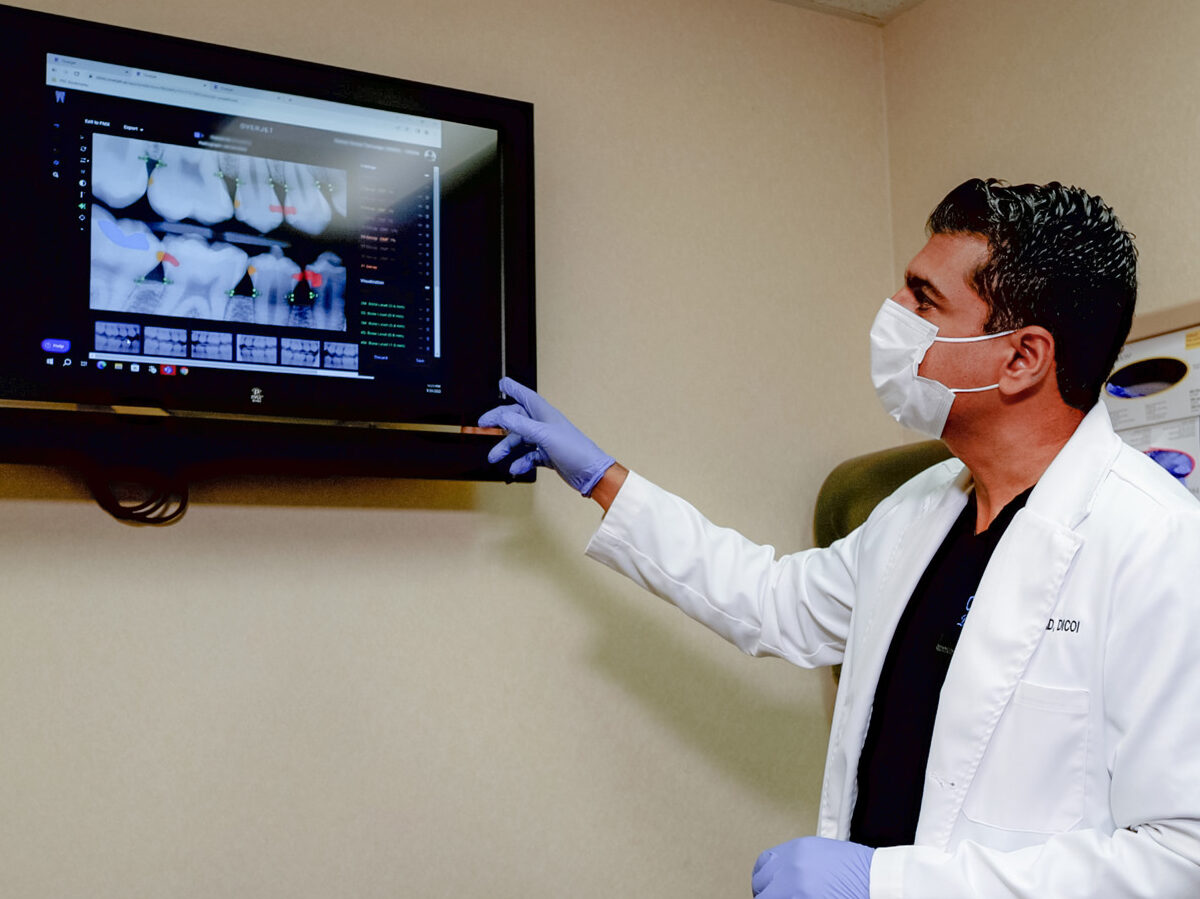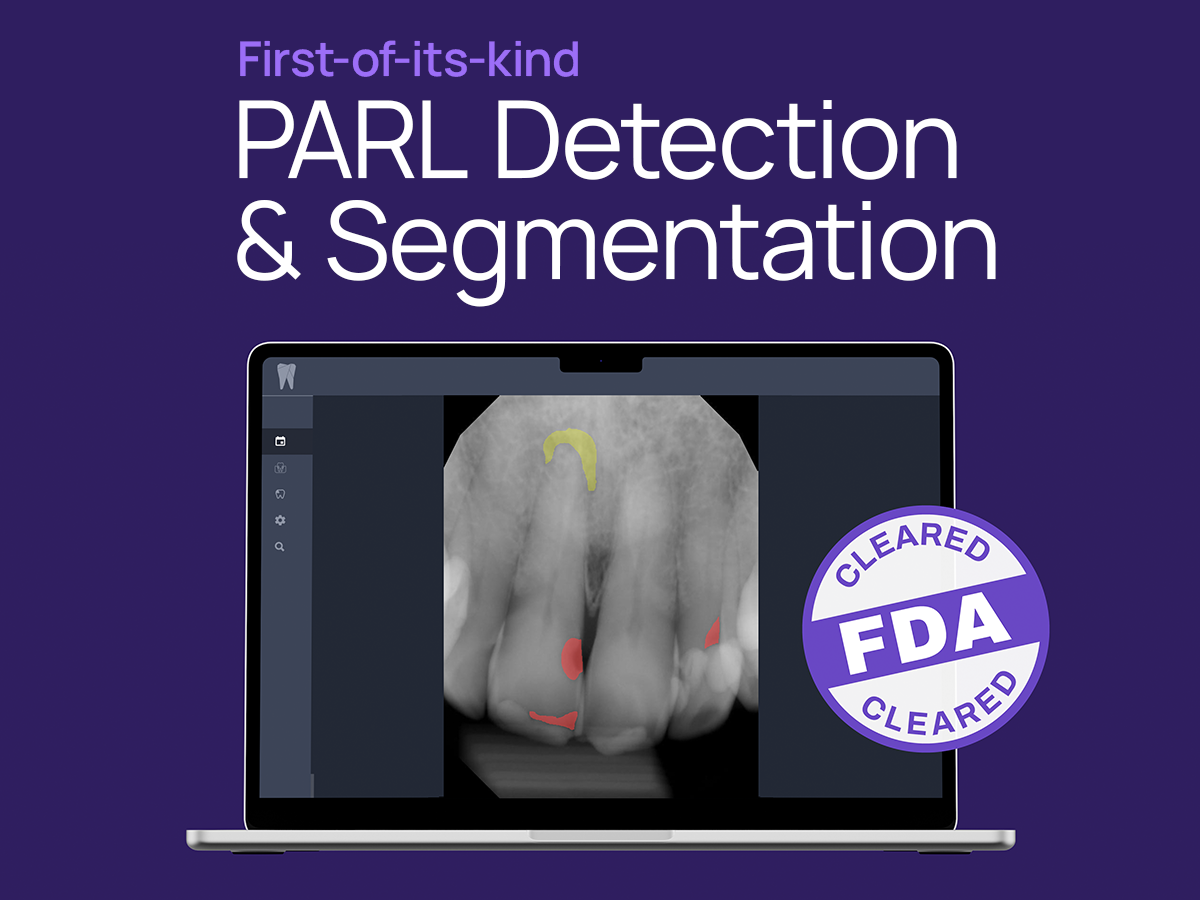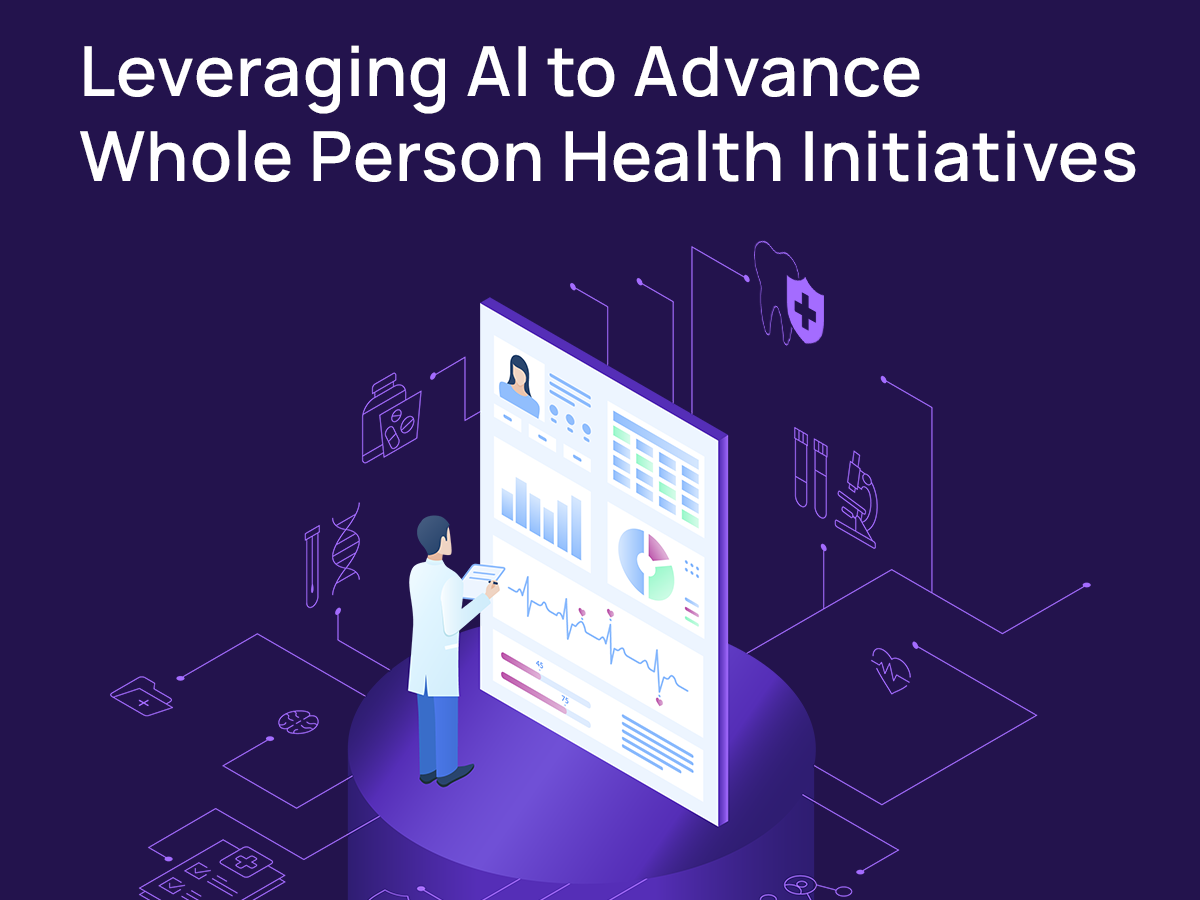This article was originally published in Group Dentistry Now.
More dentists are affiliated with DSOs than ever before, with newer dentists leading the trend, according to data released by the ADA Health Policy Institute in May 2023.
Overall, 13% of dentists in the U.S. are affiliated with a dental support organization, the ADA reported. That’s up from 10.4% of dentists back in 2019.
Almost a quarter of all dentists who graduated from dental school in the past 10 years are affiliated with a DSO, the survey found.
DSO Affiliation based on dental school graduation date
- 23% of dentists graduated 10 years ago or less
- 11% of dentists graduated between 11 and 25 years ago
- 7% of dentists graduated more than 25 years ago
Develop New Associates with Dental AI
Dental AI helps develop new associates’ skills and confidence by providing an objective analysis of radiographic findings, helping to validate what the dentists saw themselves, and drawing their eye to potential pathologies they may have missed.
Overjet’s FDA-cleared AI technology detects and outlines decay, quantifies bone loss with accuracy down to a tenth of a millimeter, and highlights other potential oral health problems. It’s a decision support tool that provides real-time analysis to help dentists in their diagnosing and treatment planning.
“I’ve mentored over 100 doctors,” said Alap Choksey, DDS, a dentist with North American Dental Group. “Only after you have seen and completed quite a large volume of care will you be able to correlate what you see on an X-ray to what is truly there in reality. So bridging that gap doesn’t come very quickly for a new doctor.
“Overjet AI has expedited this process. I would be so bold as to say that it probably adds one to two years of experience for a doctor coming right out of school. It’s been that powerful.”
Standardize Quality of Care with AI
While only a doctor can diagnose, AI technology can help create consistent standards of care by ensuring everyone in the dental group is looking at the same objective set of findings.
For example, insurance companies require radiographic evidence of bone loss to be present for D4341 and D4342 procedures. Without AI, dentists and hygienists are eyeballing the distance from the CEJ to the crest of bone. With Overjet’s AI, the measurements are added directly to the X-ray, making it easy to see where periodontal treatment may be indicated.
Now the lead dentist or Chief Clinical Officer can apply standards of care based on the objective findings.
This keeps everyone aligned and standardizes the treatment protocols, which reduces disagreements between providers and creates a consistent patient experience.
Increase Patient Trust and Treatment Acceptance
When patients trust their provider, they’re more likely to move forward with treatment. Now providers can point to the quantified, evidence-based data to support their treatment recommendations.
We all know patients who may question the experience level of younger doctors. Even with experienced doctors, patients may wait until the doctor leaves the room and then ask the dental assistant, “What do you think? Do I really need to have that done?”
When the patient hears the same information from multiple people and sees the objective, third-party findings from AI, it increases their trust in the dental care that has been recommended. That leads to greater case acceptance, and a higher likelihood the patient will recommend the practice to family and friends.











